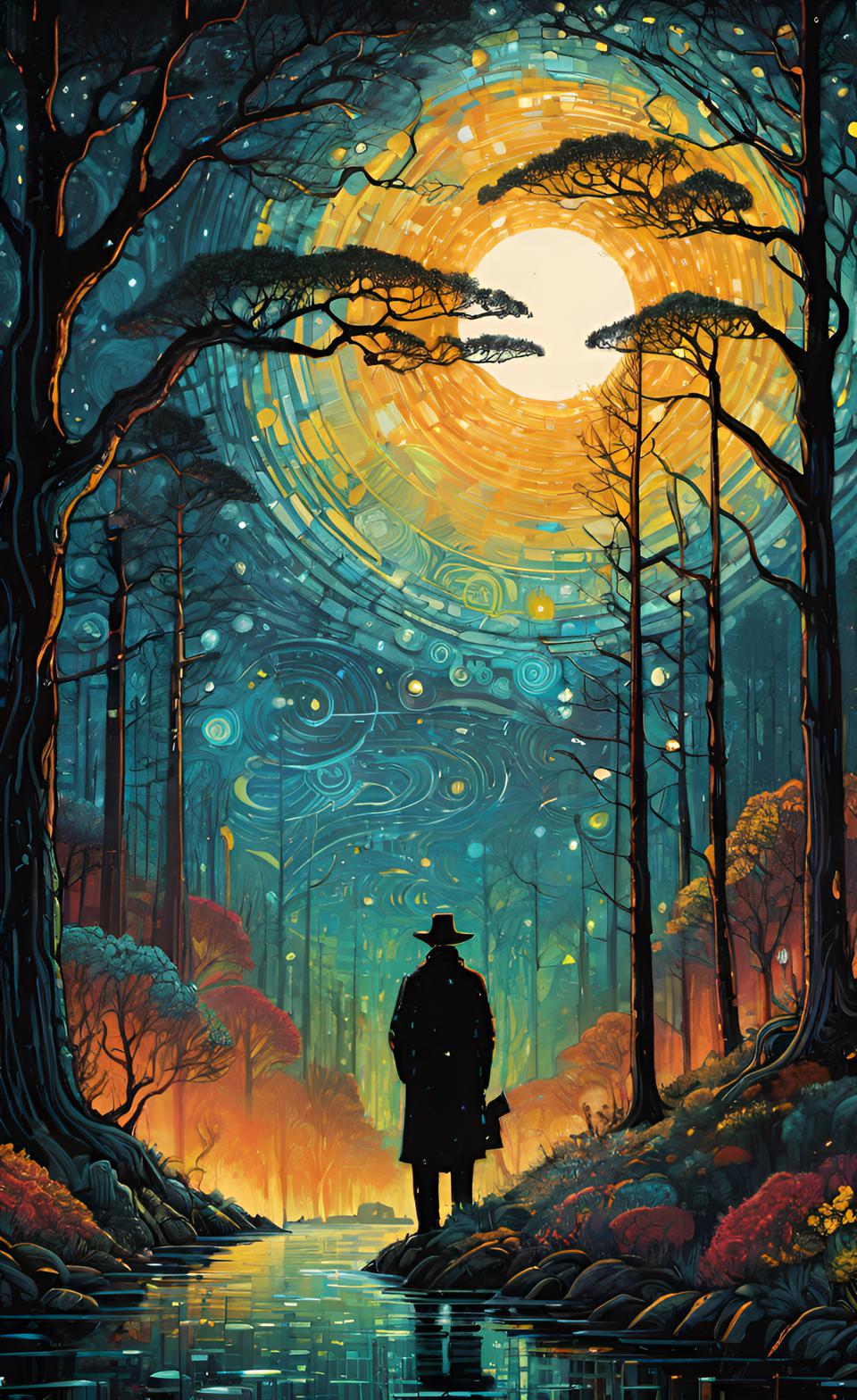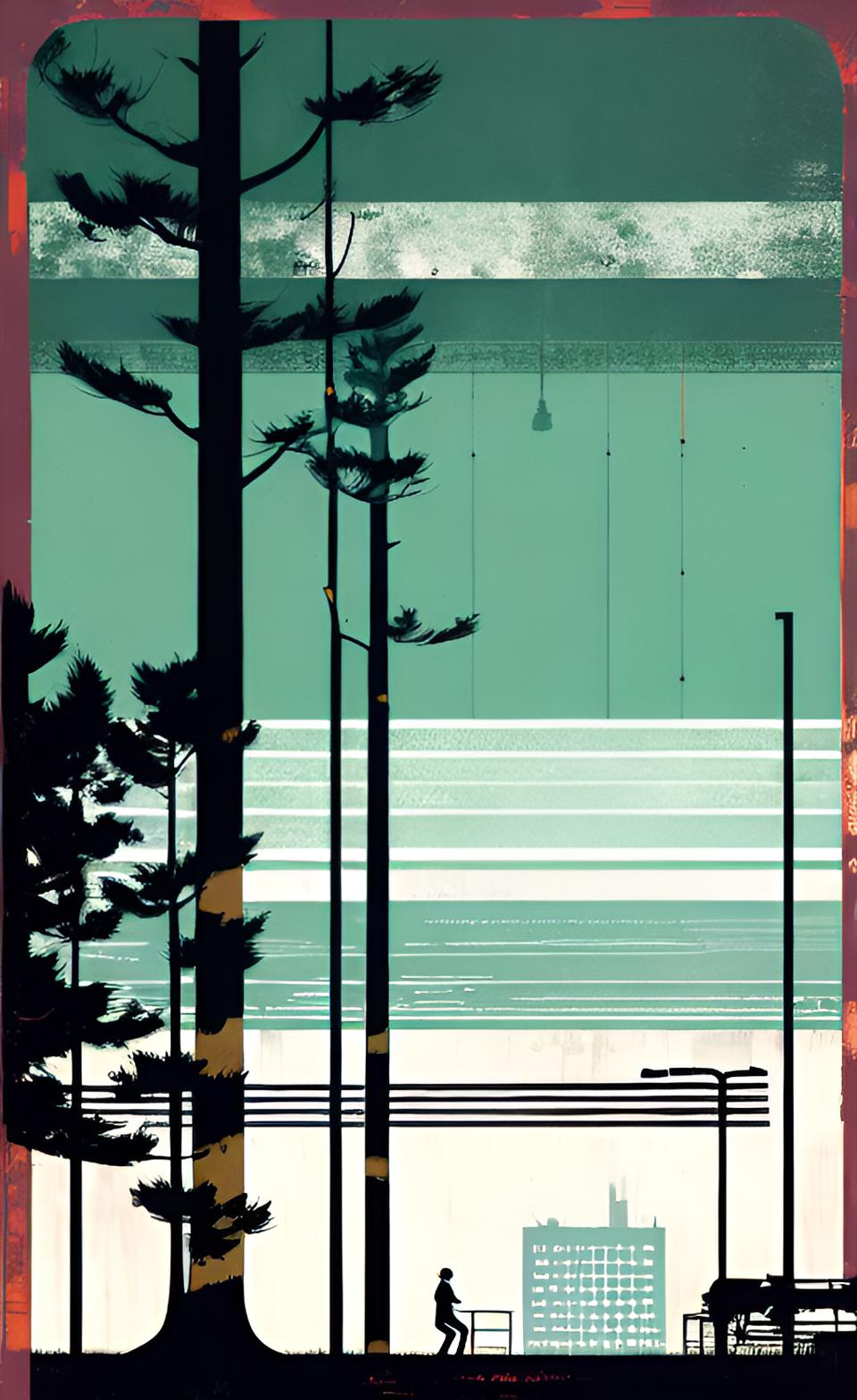Part of Earth That is Not Hit by The Sun
by no name
The shape of the Earth is Oblate Spheroid. There is a spot in the northern hemisphere that is not hit by the sun. This is because of the tilt of the Earth. This tilt is called "Axial Tilt". The tilt does not change even if the Earth rotates or revolves.
Barry's Response - If the earth were completely smooth, with no mountains and valleys, no part of it would be in the shade 100 percent of the time. The distortion from perfect sphericity isn't enough to prevent any part of such a smooth surface from getting sunlight. That's when you add up all the seasons.
There are some places that get no direct sunlight because of the anomalies I mentioned. This list includes mountains, buildings, and other protrusions as well as indentations like river valleys and other holes.
Of course caves and trees and canopies would be on the list. Last but not least, I'll include all the ground surface at the bottom of the ocean and other water bodies.
Yes, there are parts of the earth where the sun doesn't shine. As far as I know, not for the reasons you cite.
In general, how does the earth itself influence how sunlight reaches its nether regions?
- Earth is an oblate spheroid, which means it's mostly spherical but slightly flattened at the poles and bulging at the equator. The Earth rotates, so it has this shape.
- We experience seasons because the Earth's axis is tilted relative to its orbital plane. The Earth orbits the Sun, so different parts of the planet get different amounts of sunlight. Axial tilt is what it's called.
- Due to the Earth's axial tilt, there is a region near the poles called the Arctic Circle (for the North Pole) and the Antarctic Circle (for the South Pole) where the sun doesn't set (around the summer solstice) or doesn't rise (around the winter solstice) at least one day a year. The angle of the Earth's axial tilt and its orbit cause this phenomenon.
- Rotation/Revolution: The Earth's axial tilt remains relatively constant over time. Over a year, it doesn't change much as the Earth rotates on its axis or revolves around the Sun.
Earth's movements, seasons, and the distribution of sunlight are all based on these concepts.
Have you ever wondered why our seasons change and why it sometimes gets warmer or colder over very long periods of time?
This can be explained by something called Milankovitch cycles.
As Earth revolves around the Sun, consider it as a large spinning top. However, it does not spin perfectly straight up and down. It is a little tilted, just as a spinning top might be tilted. One of the Milankovitch cycles changes this tilt a little bit.
The Earth's path around the Sun also changes over time. The circle is not perfect; sometimes it resembles an oval, while at other times it may appear squished. An orbit is a representation of this.
Because of these two factors-the tilt and the shape of the orbit-the amount of sunlight that reaches different parts of the planet varies over time. There are times when the Northern Hemisphere receives more sunlight than the Southern Hemisphere.
Over thousands of years, this changing sunlight may cause our planet to become warmer or cooler. The Earth and the Sun are performing a very, very slow dance.
As a result, Milankovitch cycles help us to understand why we may experience ice ages and then warmer periods over the course of many, many years. Scientists study these cycles to gain a better understanding of our planet's past and how it may change in the future.
Do you have concerns about air pollution in your area??
Perhaps modelling air pollution will provide the answers to your question.
That is what I do on a full-time basis. Find out if it is necessary for your project.
Have your Say...
on the StuffintheAir facebook page
Other topics listed in these guides:
The Stuff in the Air Site Map
And,
Thank you to my research and writing assistants, ChatGPT and WordTune, as well as Wombo and others for the images.
GPT-4, OpenAI's large-scale language generation model, helped generate this text. As soon as draft language is generated, the author reviews, edits, and revises it to their own liking and is responsible for the content.




